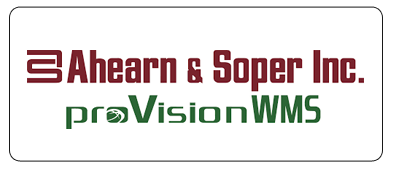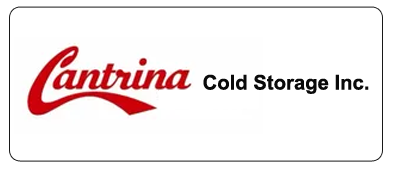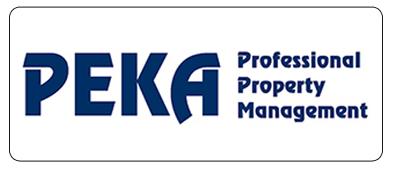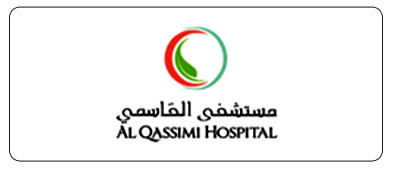
Information Technology (IT) and Operational Technology (OT) have long existed, however in separate spheres. With the advent of technology and the improved advancements in data center solutions company, everything is connected with sensors. With such connectivity, copious amount of data is collected, which is then stored on a cloud platform for analysis to ensure better decision making. With the advent of data center solutions, Information Technology (IT) and Operational Technology (OT), which have had limited synergy, will work together. The bridge between IT and OT can now be narrowed and once they join forces, several benefits of process automation and business intelligence will be on the rise.
So what is IT-OT convergence? IT-OT convergence is the integration of information technology and operational technology systems – to handle computing and data processing and manage industrial operations. Many organizations are opting for such holistic data center solutions to optimize the collection, processing and storing data.
How is this fusion done? This is achieved through the four means:
Why go in for the convergence? With so many processes involved, IT-OT gives organizations a strong foundation. The advantages are many, but to name a few-
While all this sounds fancy, the technological advancements to make this a reality have taken long enough. With innovations in this field every single day, here are a few which helps make this convergence a reality:
With these two mammoths coming together, streamlined process, interoperability and optimization is no longer as difficult as it used to be! Here is paving way for a much efficient and competitive environment!














Stay Ahead of the Curve: Read the WatchNET IoT Blog for Cutting-Edge Trends & Insights.

Find Your Perfect Fit: WatchNET IoT Reference Chart – Solutions Tailored for Every Industry.

WatchNET product catalog offers everything you need to unlock the potential of the Internet of Things.

WatchNET IoT is a pioneering wireless monitoring and automation company equipped with a robust suite of solutions with 100+ long-range wireless sensors, Smart Gateway, and a versatile Open Cloud Platform tailored for various industries.
© 2019 All Rights Reserved